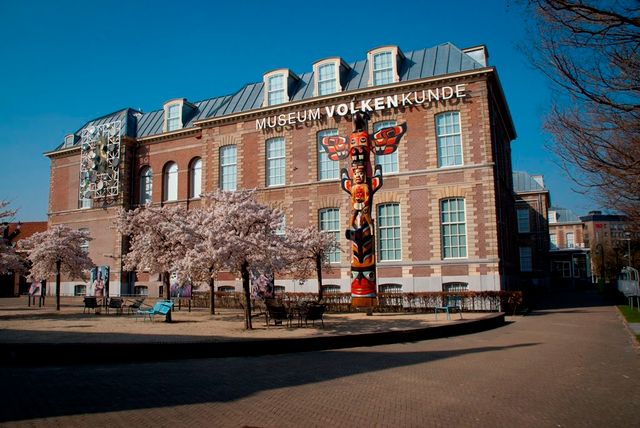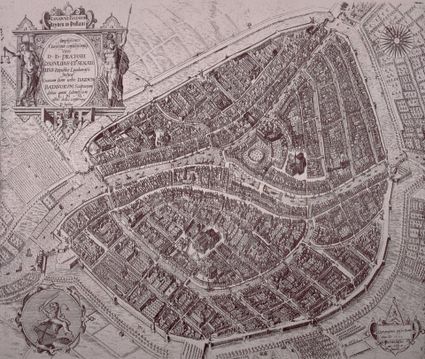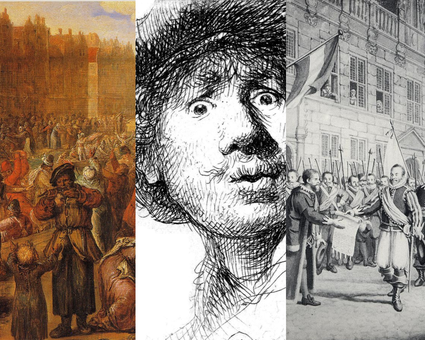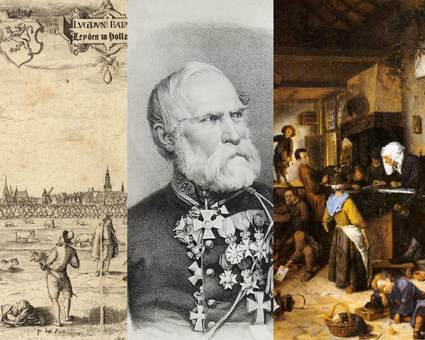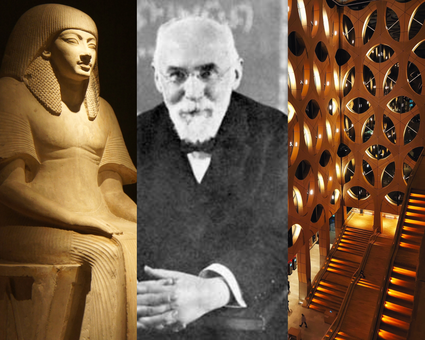Chapter IV
Leiden History 101
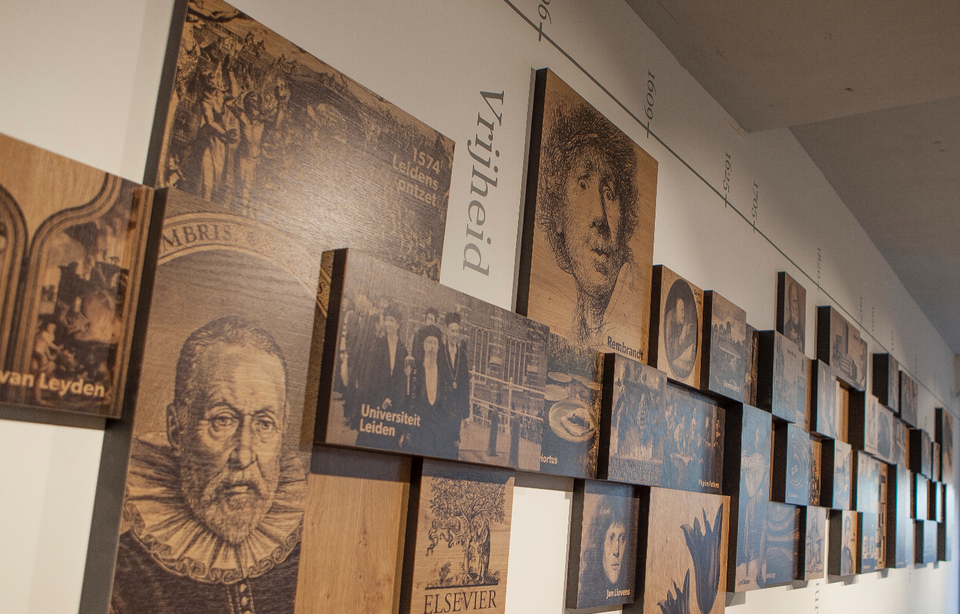
Introduction - Ehrenfest, Einstein, and Eugène Dubois
The end of the 19th century, and the beginning of the 20th century, was a significant period in Leiden’s history given the role of prominent scholars such as Ehrenfest, Onnes, and Huizinga, and respective theories and inventions like the Ehrenfest Theorem, Onnes’s ‘’cryo chamber’’, and Huizinga’s literary works that expanded upon our understanding of the Middle Ages.
It was a period of discoveries, but in particular, a period marked by war and economic turmoil. Although the Netherlands remained neutral in the First World War, it was dragged into WWII by the rise of the Axis powers, and its invasion by Nazi Germany on May 10th, 1940.
The Dutch resistance to the German occupiers was comprised of people from all walks of life – for instance, many Dutch fighters from the International Brigades that had fought in the Spanish Civil War (1936-1939) – and heroic figures like Rudolph Cleveringa, and Erik Hazelhoef-Roelfzma.
In the autumn of 1944, English, American, Canadian, and Polish troops liberated the South of the Netherlands. The Rhine delayed the liberation of the North, yet, the surrender of Germany on May 5th, 1945, marked the end of the war – a day of celebration and remembrance still to this today.
Ehrenfest
Paul Ehrenfest (1880-1933) was appointed as professor of theoretical physics in 1912, becoming the successor of Lorentz. Albert Einstein, a close friend of Ehrenfest, and other scientists were frequent guests at his family's house on Witte Rozenstraat 57.
The Ehrenfest Theorem (1927), bridged the gap between the theory of classical mechanics, and the theory of quantum mechanics. It showed that the quantum mechanical expected values for the position and velocity of a particle follow the laws of Newton’s classical equations of motion.

Einstein
Albert Einstein (1879 – 1955), the inventor of the theory of relativity and winner of the Nobel Prize in Physics in 1921, among other things, regularly visited Leiden.
Not only did he visit the city for its many scholars, but also because he was appointed professor at Leiden University in 1920.
When he was in Leiden, he stayed with Ehrenfest, like many other foreign scientists travelling to the city.

De Stijl style
Dutch artist, designer, and architect, Theo van Doesburg, had his studio at this address during his years in Leiden. Here, in 1917, he founded the famous magazine ''De Stijl'' together with artists such as Piet Mondrian, Bart van der Leck, Vilmos Huszár, and the architect J.J.P. Oud.
De Stijl wanted to radically reform art so that it kept up with the technical, scientific, and social changes in the world, and thus create a universally pure style. The magazine had a great influence on art in the Netherlands and played a central role in the European avant-garde.
At Kort Galgenwater 3, you can find the logo of De Stijl under your feet on the pavement.

Juliana
Juliana was Queen of the Netherlands from 1948 to 1980.
She studied at Leiden University, with her studies focused on her future duties as head of state. Here, Juliana received an honorary doctorate in literature and philosophy on January 31, 1930.

Leiden Manifesto
In February 1941, Erik Hazelhof-Roelfzma (1917-2007–Soldier of Orange), wrote the so-called "Leiden Manifesto", with which Leiden students expressed their discontent with the German occupiers that had just instated the numerus clausus for Jewish students, meaning that only a limited number of Jewish students were allowed to study.
Hazelhof-Roelfma had the manifest printed at his own expense, after which 11 helpers distributed it everywhere in Leiden on the night of February 14 or 15. The board of Leiden University requested that the students not continue to resist on February 24, 1941.

Johan Huizinga
Johan Huizinga (1872-1945) was a Dutch historian. His ''pièce de résistance'' is a work on life in the Middle Ages, which showed that, contrary to popular belief, the 14th and 15th centuries were actually unique periods that had a vital role in the transition to the Renaissance.
In 1905, he was appointed professor of general history at Leiden University. The Huizinga Lecture is still held annually at the Faculty of Humanities, and the Johan Huizinga building has become home to the university’s Institute of History.

Kamerlingh Onnes
Kamerlingh Onnes was a physicist and Nobel laureate who, in 1908, managed to liquefy helium at a temperature of -289 degrees Celsius in the ''Steenschuur''. To do so, he had made a special "cryo chamber", which for a long time was the coldest place on earth.
Until 1923, no laboratory matched this record as it was only one degree away from the coldest possible temperature. In turn, this again attracted many physicists to the city and the University of Leiden.
The Kamerlingh Onnes Building, which hosted prestigious scientists like Marie Curie (1867-1934) and Albert Einstein (1879-1955), gained fame and recognition as a leading laboratory in Europe for advanced research.

Rudolph Pabus Cleveringa
Rudolph Pabus Cleveringa was a professor of law at Leiden University and also a "resistance hero". On November 26, 1940, he delivered his famous speech against the German occupiers, after many of his Jewish colleagues were forced to resign.
Cleveringa was arrested by the Sicherheitspolizei and imprisoned in the Scheveningen prison, also known as the Oranjehotel, until the summer of 1941. In response to his protest, the students of Leiden decided to go on strike, despite the fact that Cleveringa had not explicitly called for it. This led to the university being closed by the occupiers.
The Cleveringa Lecture is still held every year with overarching themes of freedom and the fight against discrimination and persecution.

Leiden Continuum
Leiden, Key to Discovery, where the sum of science, culture, and freedom of thought equates to the rise and success of icons. From Rembrandt van Rijn to Armin van Buuren, from the Pilgrim Fathers to the T.rex, and from the tulip to Leiden Bio Science Park.
These figures, inventions, discoveries, and events, form part of Leiden's underlying DNA, which can be explored through the Leiden Continuum (Het Leids Continuüm).
